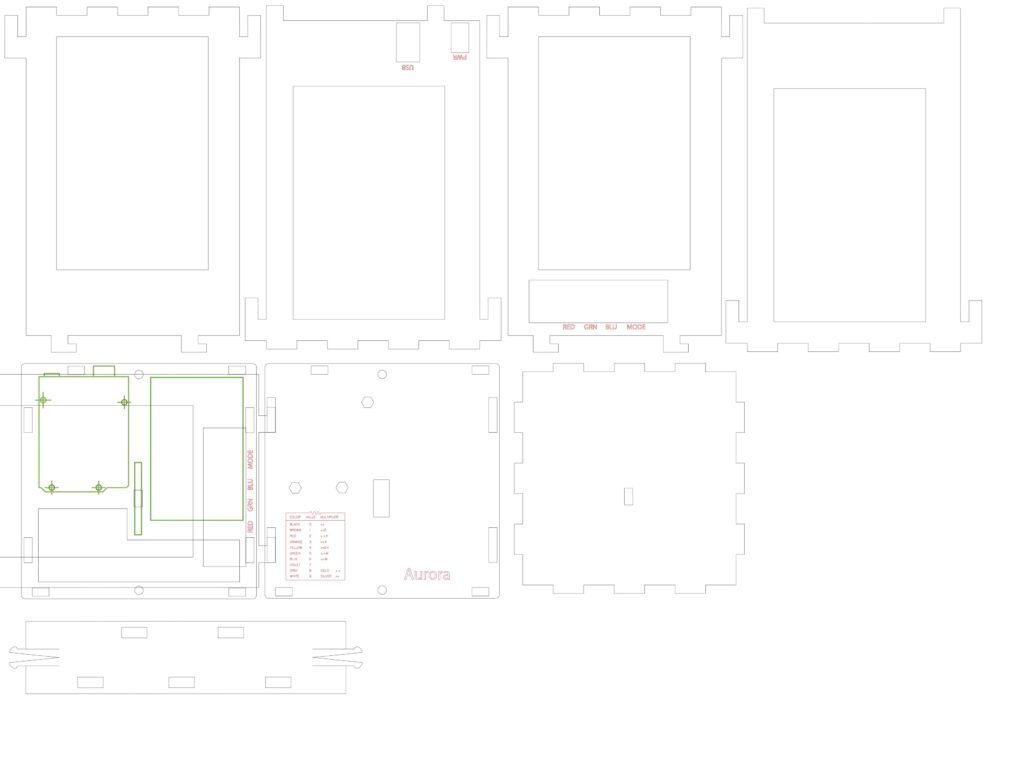Product Development
- Mathshare

Accessible math learning tool that helps students solve and share their math thinking. Designed to support students with a range of physical and cognitive disabilities as well helping neuro-typical students.
- LMS integration
- Supports screen readers
- Educator and Student dashboards
- Public problem set sharing library
- Imageshare
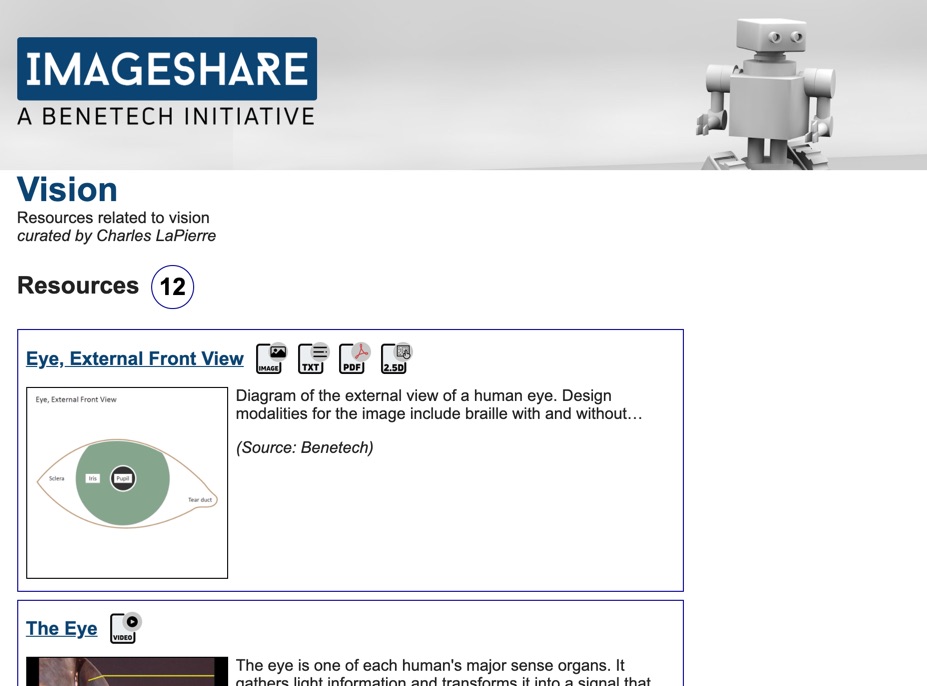
Imageshare
Accessible repository of openly licensed and accessible media to support inclusive learning.
I worked on an earlier concept that led to the current version.
- InsertLearning

Over 1M users and the #1 Web annotation tool for Chrome. A browser extension that allows educators to turn any website into an interactive lesson by inserting questions, discussions, videos, and more into the text.
- Refine
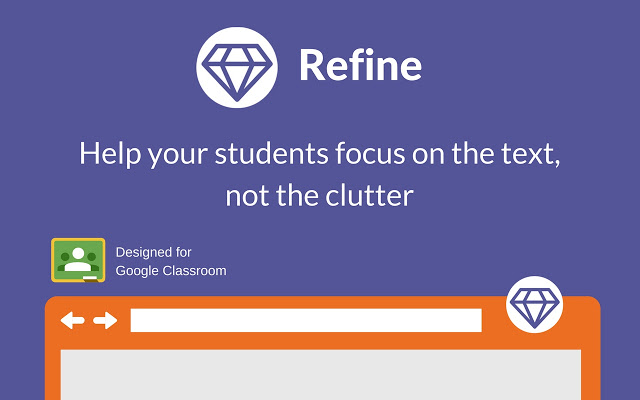
Removes clutter from webpages. Created as a free extension to act as a new acquisition funnel and solved a complaint many of our current user had.
- STEP Academy School Website
I developed a new wordpress driven website for the school that would be easier to update, more accessible, and save the school $3,500 annually compared to their previous system.
- School Teacher Network
In 2009, I developed a network of teacher and class websites to support our online blended learning initiatives which would make instruction more flexible and student centered. I used WordPress and Buddypress to develop the network, manage the hosting, and run training for students and teachers.
In a time before Chromebooks and Google Classroom or a smartphone in every student’s hand, this was an exciting and new project.
Sobriety High School (no longer exists)
Curriculum and Instruction
- Physical Programming
I’ve always loved coding that people can physically interact with. It makes your digital work tactile and sometimes even a little magical.
I’ve taught Physical Computing as a unit within other courses like Assistive Technology Engineering and as it’s own semester long course.
Tools used:
- Processing.org
- Sketchpad.cc
- Code.org
- Circuitplayground
- MakeyMakey
- Arduino
- 3D Printing
- Vinyl Cutter
- Scratch
Projects:
- Interactive wallpaper (arduino touch sensing)
- Musical instruments
- Light Catcher
- Interactive Moodlight (with code.org)
- Kitchen Chemistry
Standards aligned high school chemistry curriculum that uses food and cooking to make science hands-on and relatable.
- Assistive Technology Engineering
Engineering course where students partnered with students in the district with physical and cognitive disabilities to create a device that will help them accomplish a task.
3 years
- 3D Dream Makers Idea Challenge
2014
Students with special needs often need tools and learning aids that are expensive or don’t exist. I started the Dream Makers Ideas Challenge at the Intermediate School District 916 to quantitatively measure the need, collect a list of things that are needed, and to generate awareness of 3D printing as a solution. After recruiting engineers from the local community and online we selected 3 ideas and co-designed the solutions. Money for the 3D printer and materials was donated by the school foundation and another educator.
A total of 67 ideas were submitted including this 3D printed Inspirio Case
https://sites.google.com/a/nemetro.k12.mn.us/dream-makers/
You Dream it, We Make it
Do you have an idea for something that would help a student, but you’re not sure how to make it? Submit your idea to the Dream Makers Idea Challenge.
It’s a multi-district challenge put on by NE Metro 916 to spur innovation and awareness of how 3D printing. The main focus is for special needs students but is open to all staff and ideas. This technology can help you meet specific adaptation needs of our students. The selected ideas will be created by our group of talented designers and engineers during the summer. We will then 3D print as many copies of your idea as needed for next school year, turning your dreamed “thing” into reality.
Examples of 3D printed objects will be displayed at 916 program sites over the next few weeks for hands on investigation.

No Experience Necessary
Don’t know anything about 3D printing or computer design? No problem! You only need the idea and our great group of volunteers take care of the rest. Explore the examples below to see what other people have done with 3D printing.
Judging Criteria:
- How well it solves a problem
- how well the device is described or drawn
- Item is smaller than a 6″x6″ cube or could be assembled from smaller pieces
- No limit to number of submissions/ideas
- How widely the idea can be used is not important. It’s okay if it’s so specialized it can only meet the needs of one student.
- Must be a NE Metro 916 employee
Deadline is May 30th, 2014
- Electricity and Inquiry curriculum for elementary students
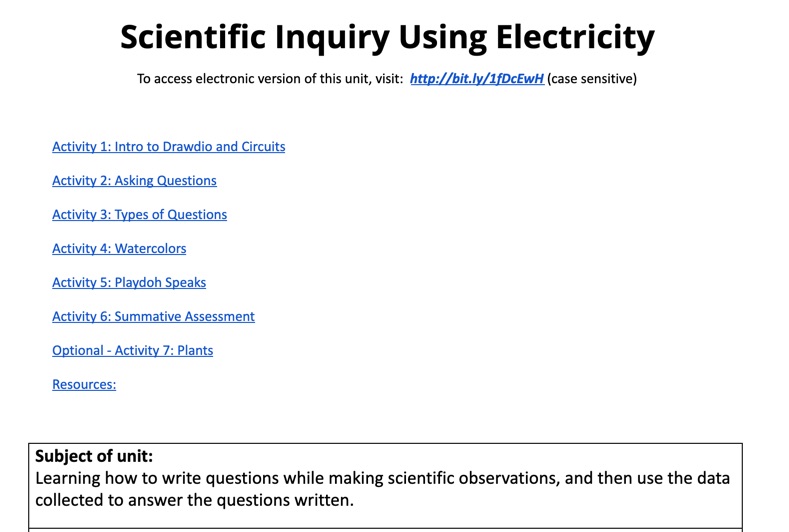
1-2 week hands-on curriculum with how-to videos and notes for instructors. Utilizes the Adafruit Drawdio board but has been adapted for the Circuit Playground as well.
Curriculum – https://docs.google.com/document/d/1PkOOTJgug72I07byVQfwB4c56I5cynhe_Q7FwXfffaY/edit - Black and white 2D image to 3D
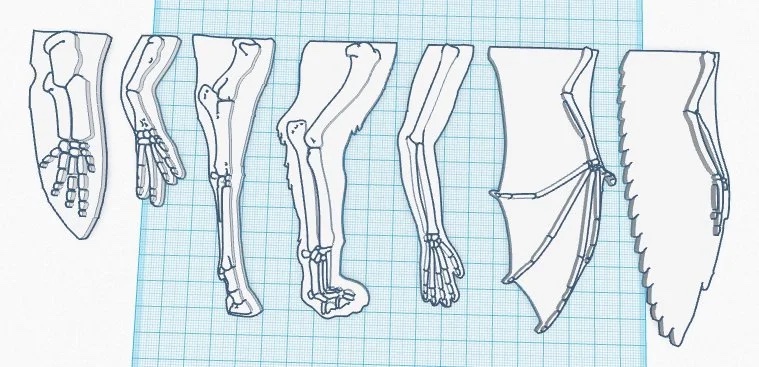
Developed a simple process of converting simple 2D images into 3D printable tactiles to improve student learning.
Digital Fabrication
- EasyLink and Insiprio cases
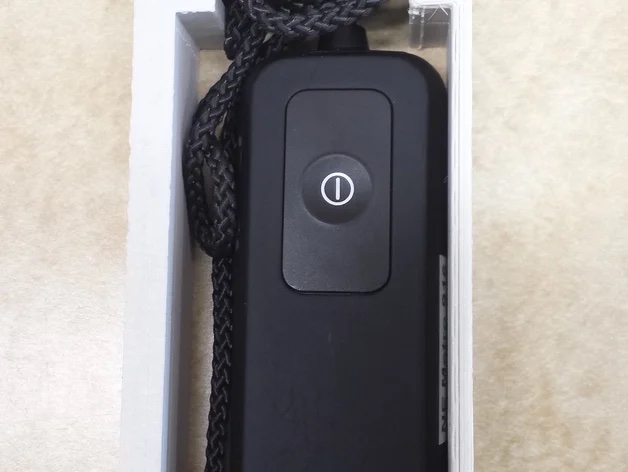
Created by an engineering volunteer as part of the 3D Dream Makers challenge I organized for NE Metro 916.
https://www.thingiverse.com/thing:649000 - Arduino Prototyping Board
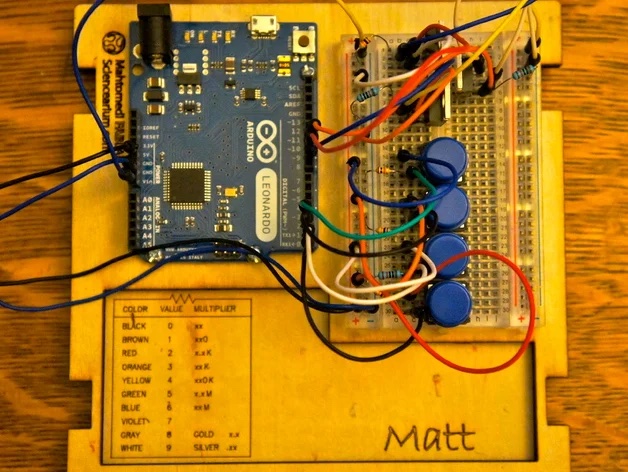
- Soundwave 3D printed Bracelet + instructional video
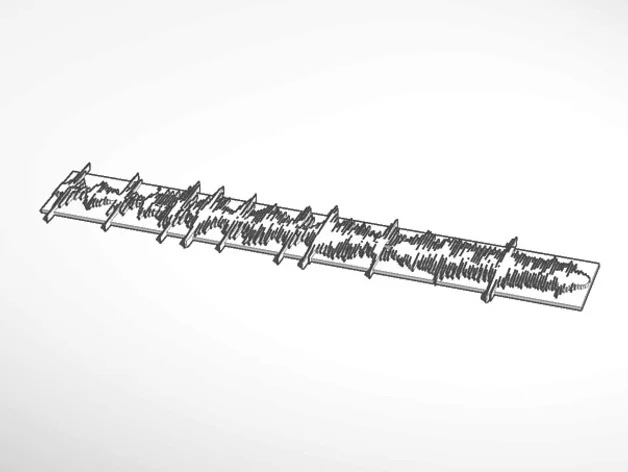
- Drawbot frame
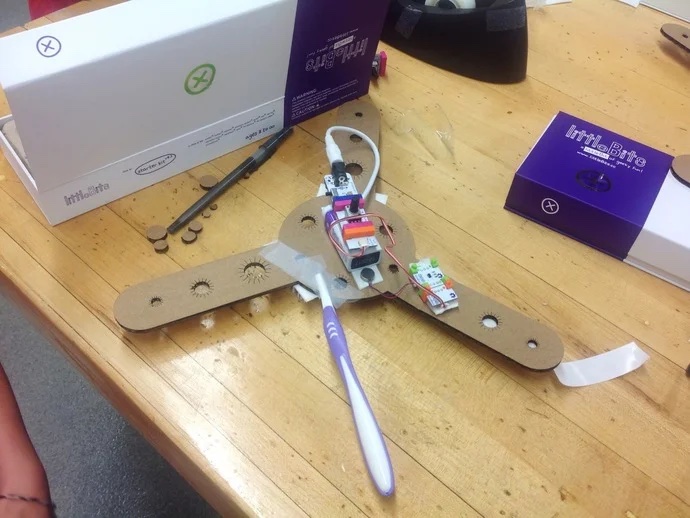
Lasercut cardboard + DIY vibration motor + markers of different sizes.
Developed and used in the Mahtomedi Fablab. Built for quick experimentation by elementary students while using LittleBits.It features a large central platform to hold the battery and multiple pressfit holes to hold markers.
https://www.thingiverse.com/thing:119323 - Light Trinket
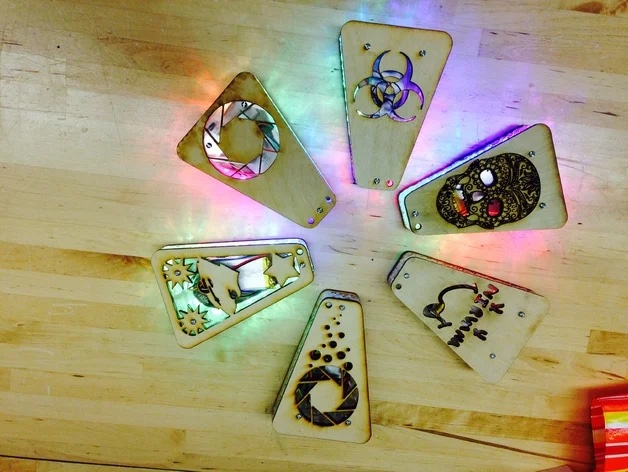
I was asked to create a short class that would introduce high school students to 3D printing, the laser cutter, digital design, circuits, and coding at the Mahtomedi High School Fablab. The result was this color changing trinket that students could attach to their backpacks.
- Homologous Bone Structure learning aid

- Press-fit Moodlight
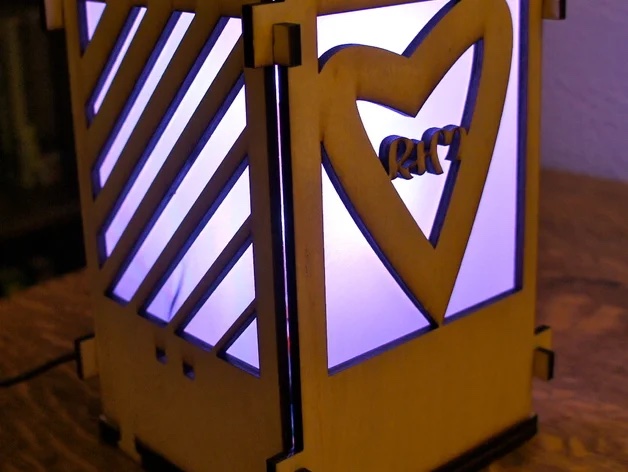
Laser cut plywood Arduino controlled mood light with 7 different modes controlled by buttons. I created the designs, code, and ran as a class for high school students.
https://www.thingiverse.com/thing:7037211 iterations to increase rigidity and ease of building
